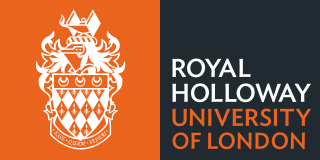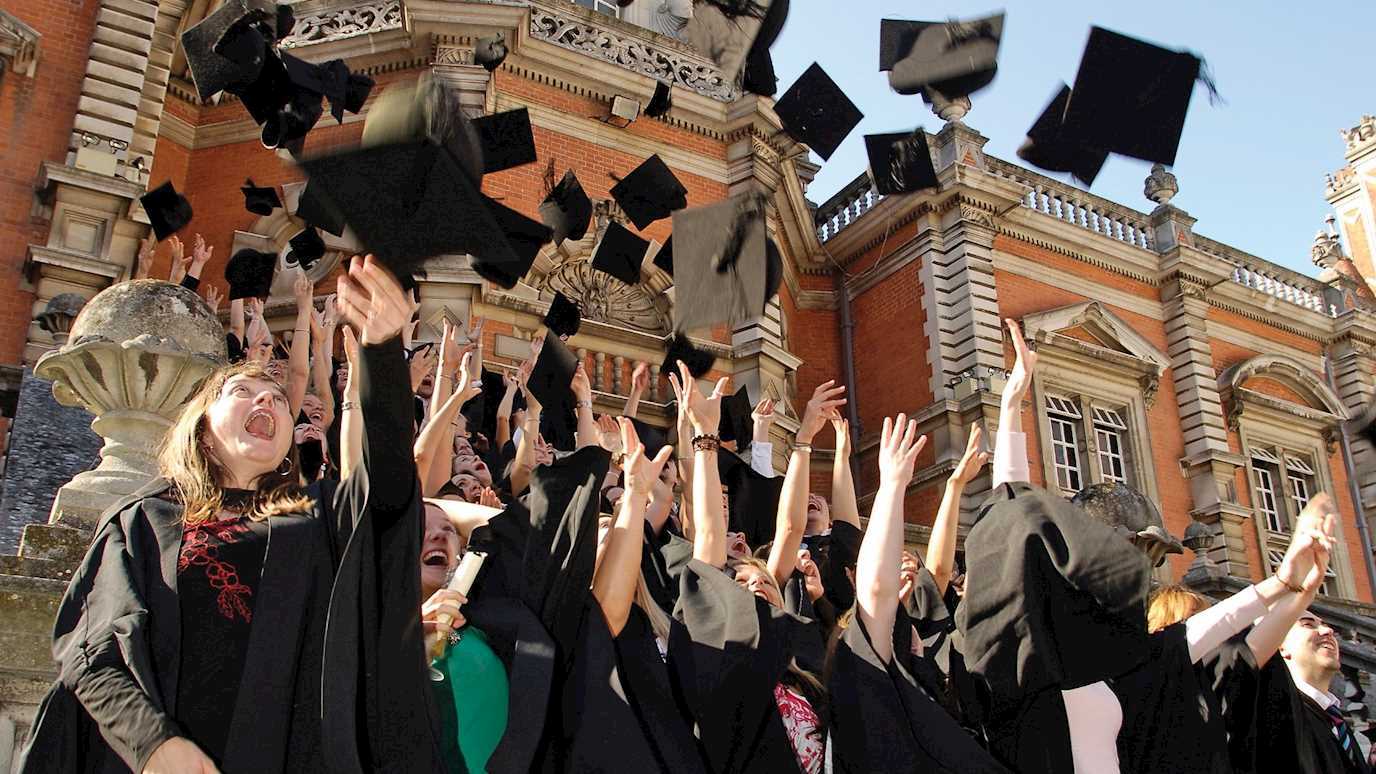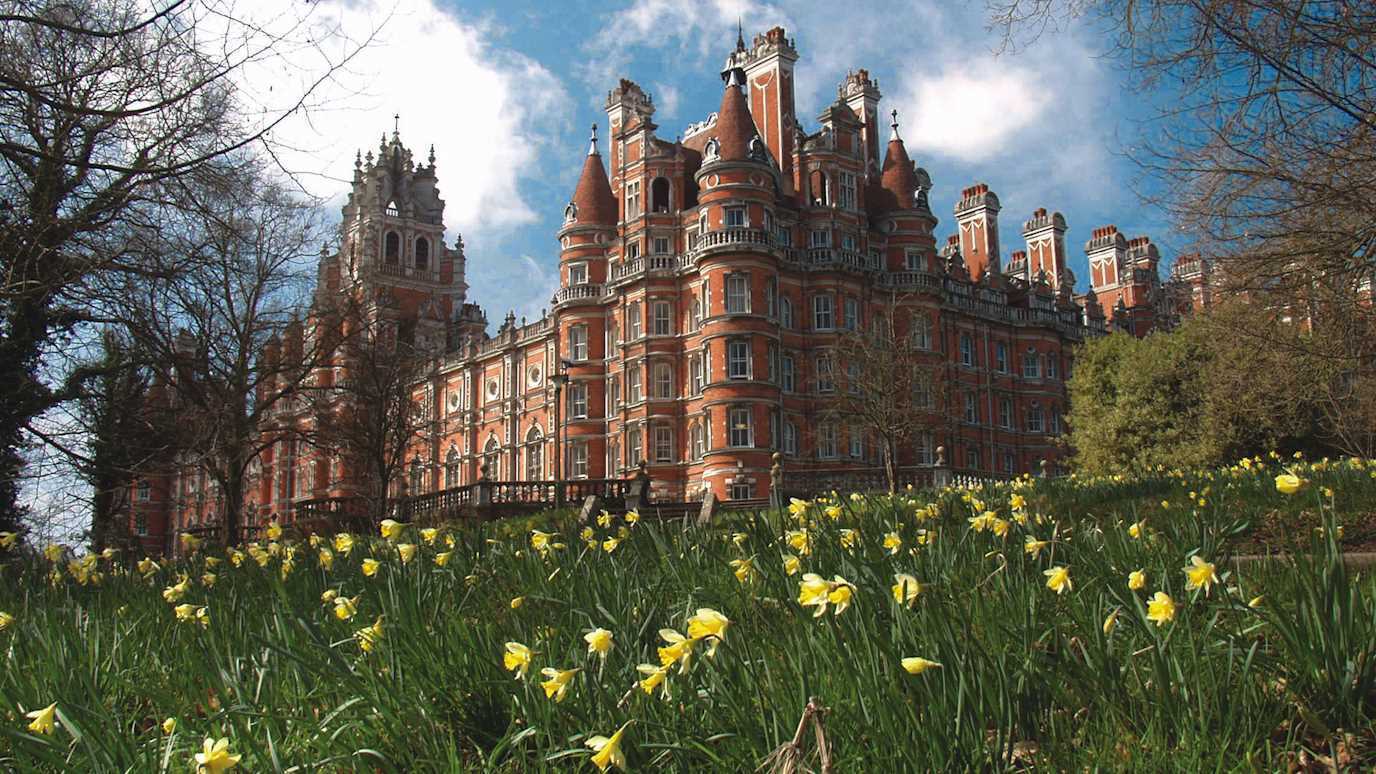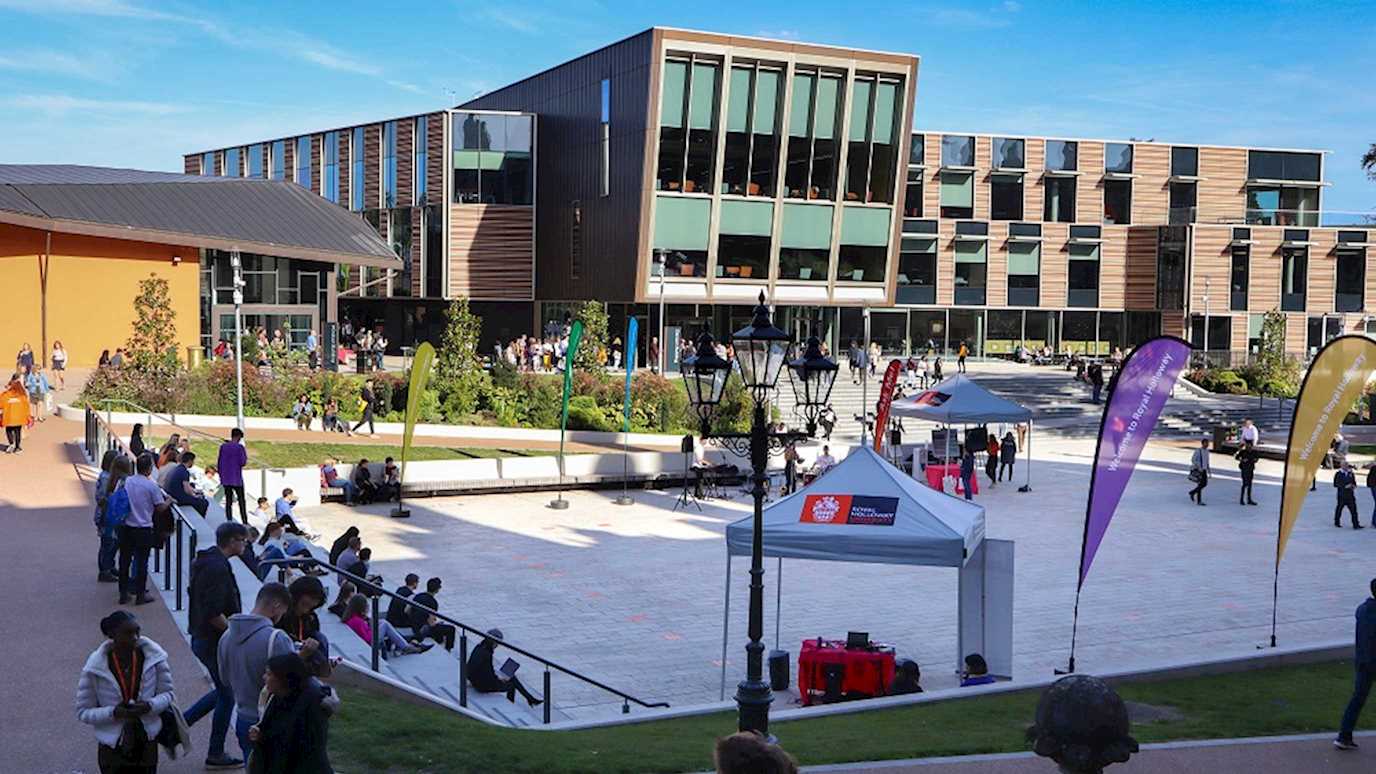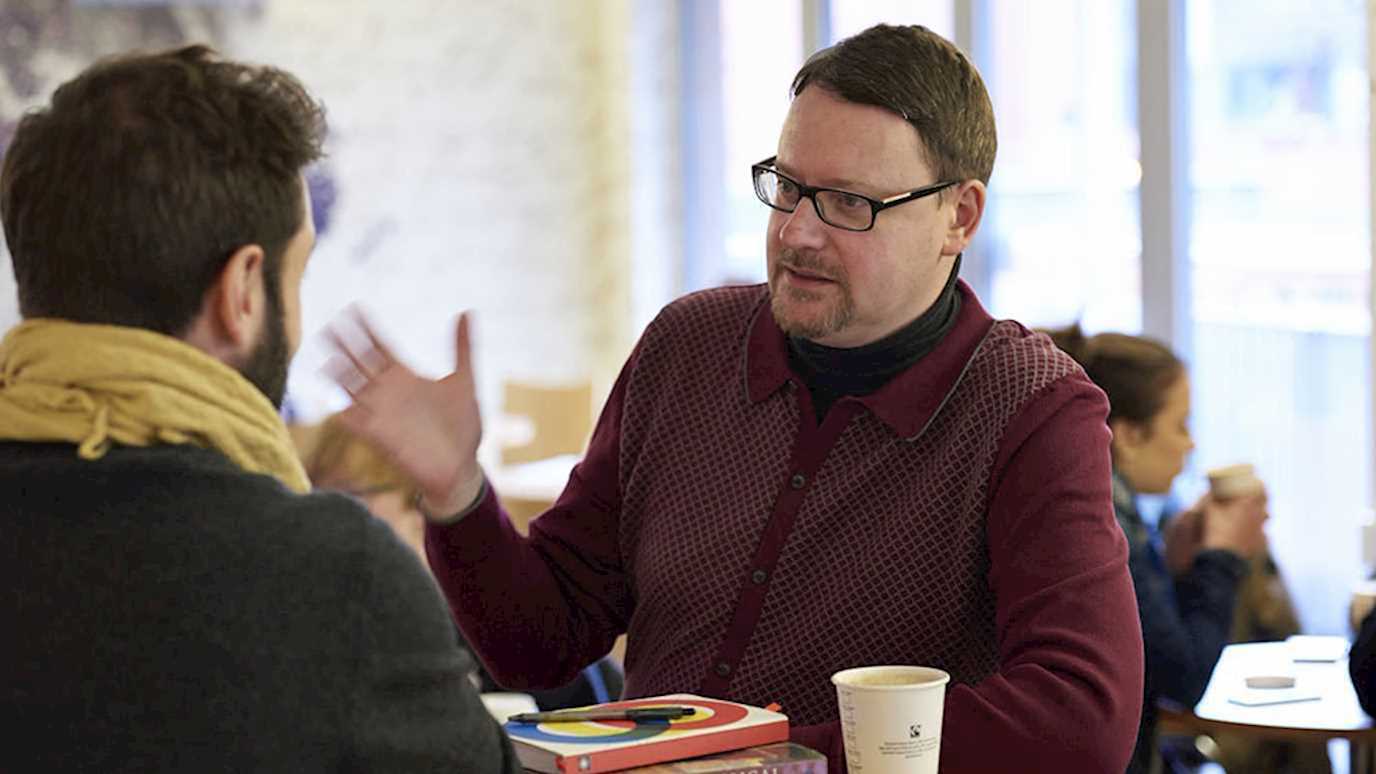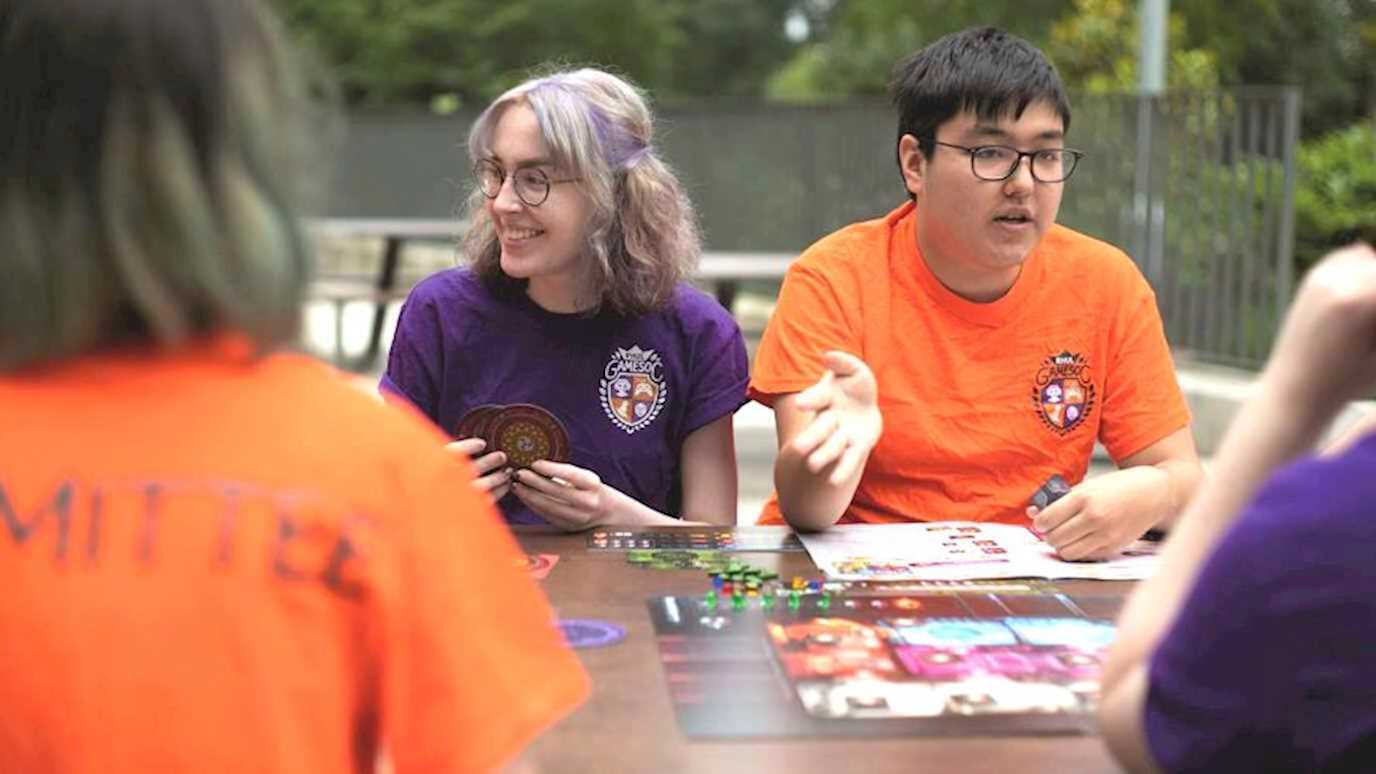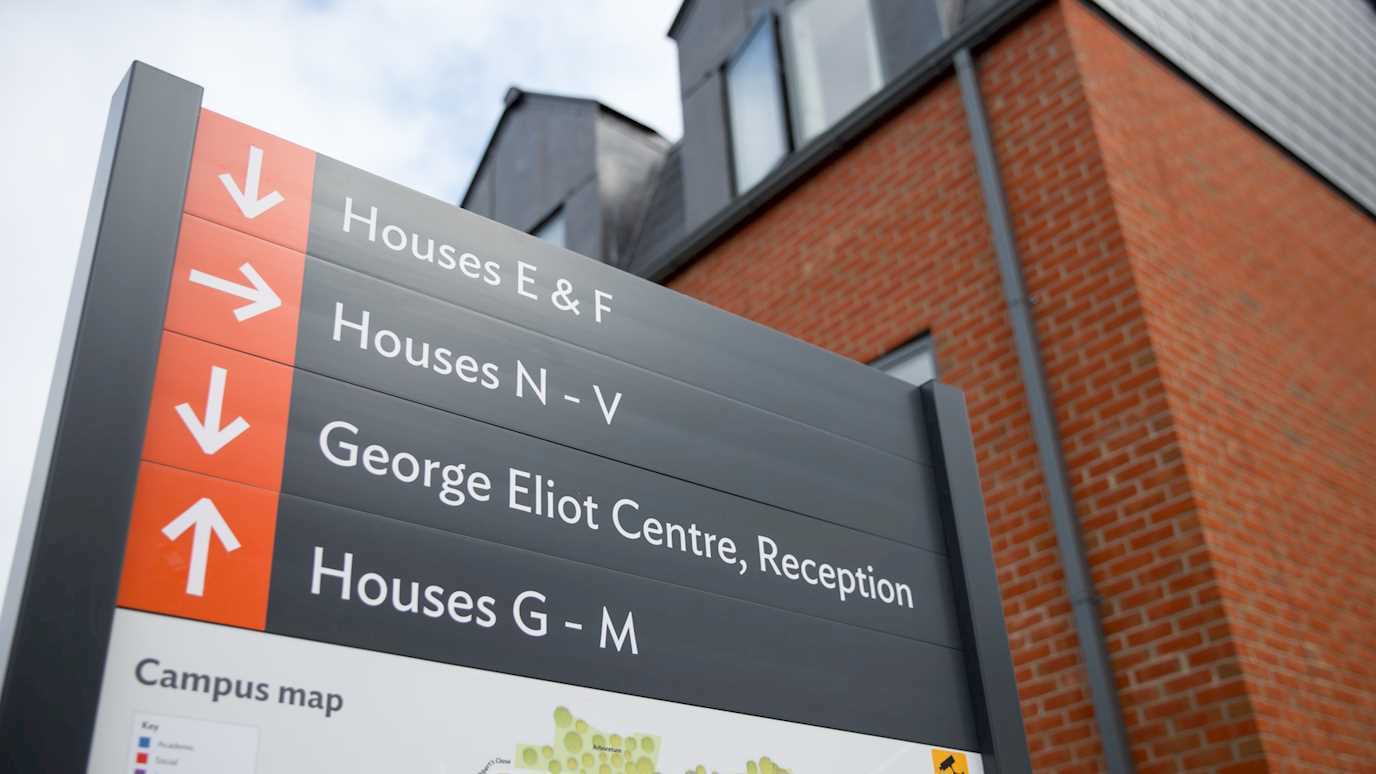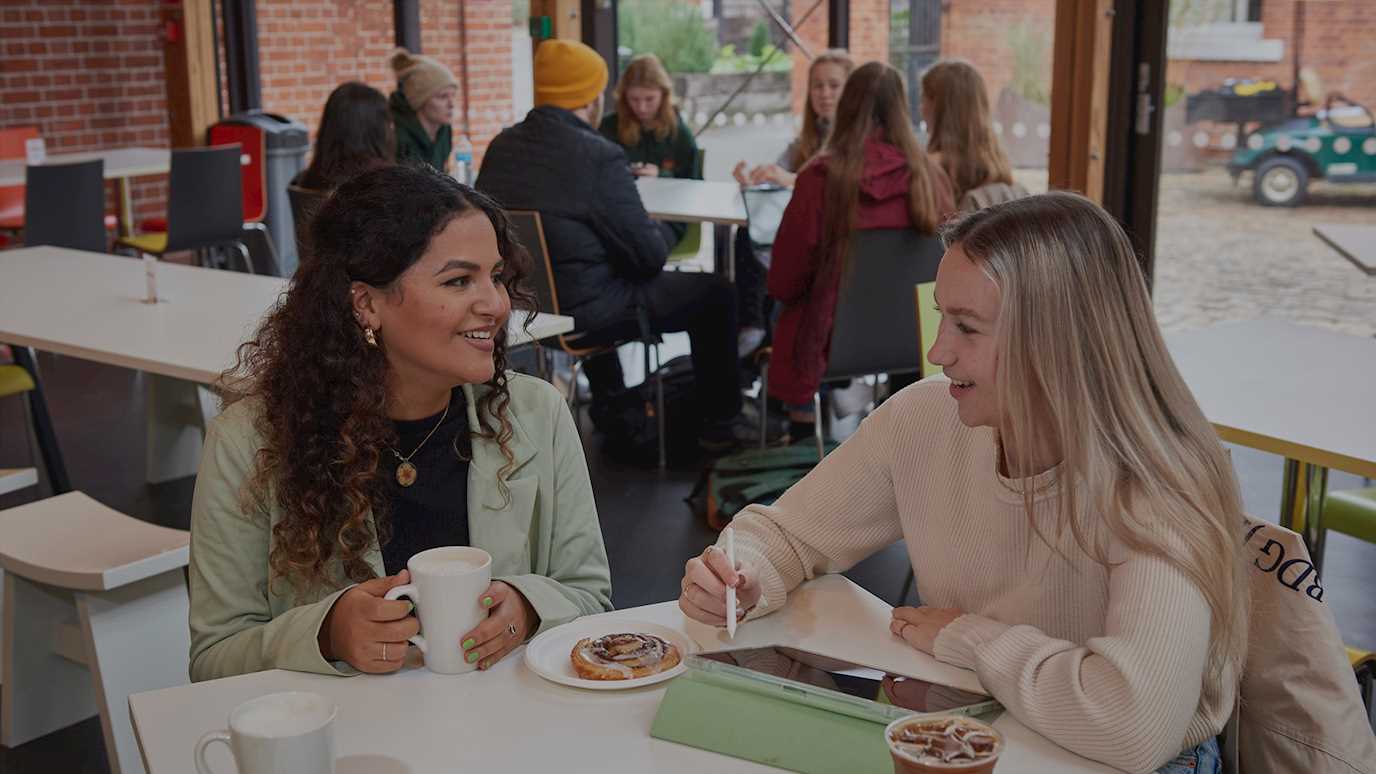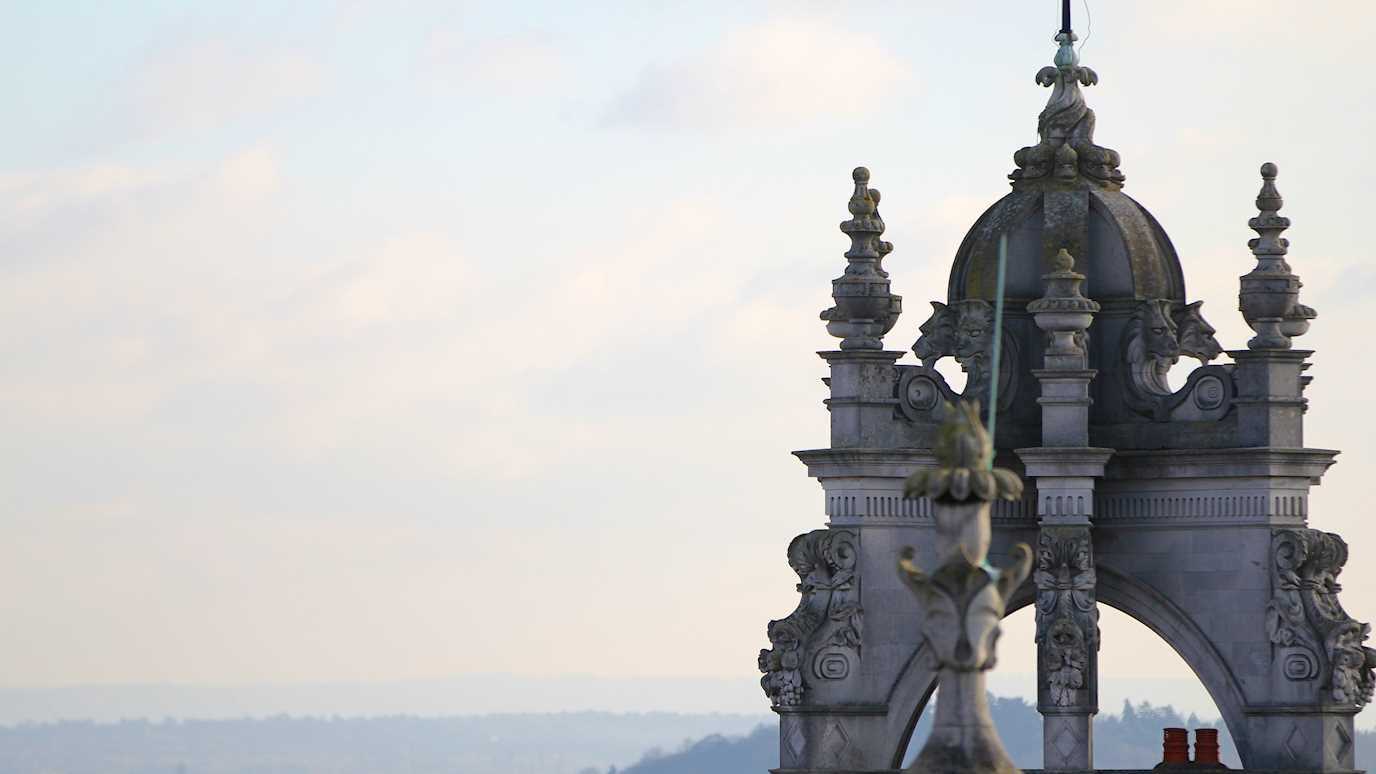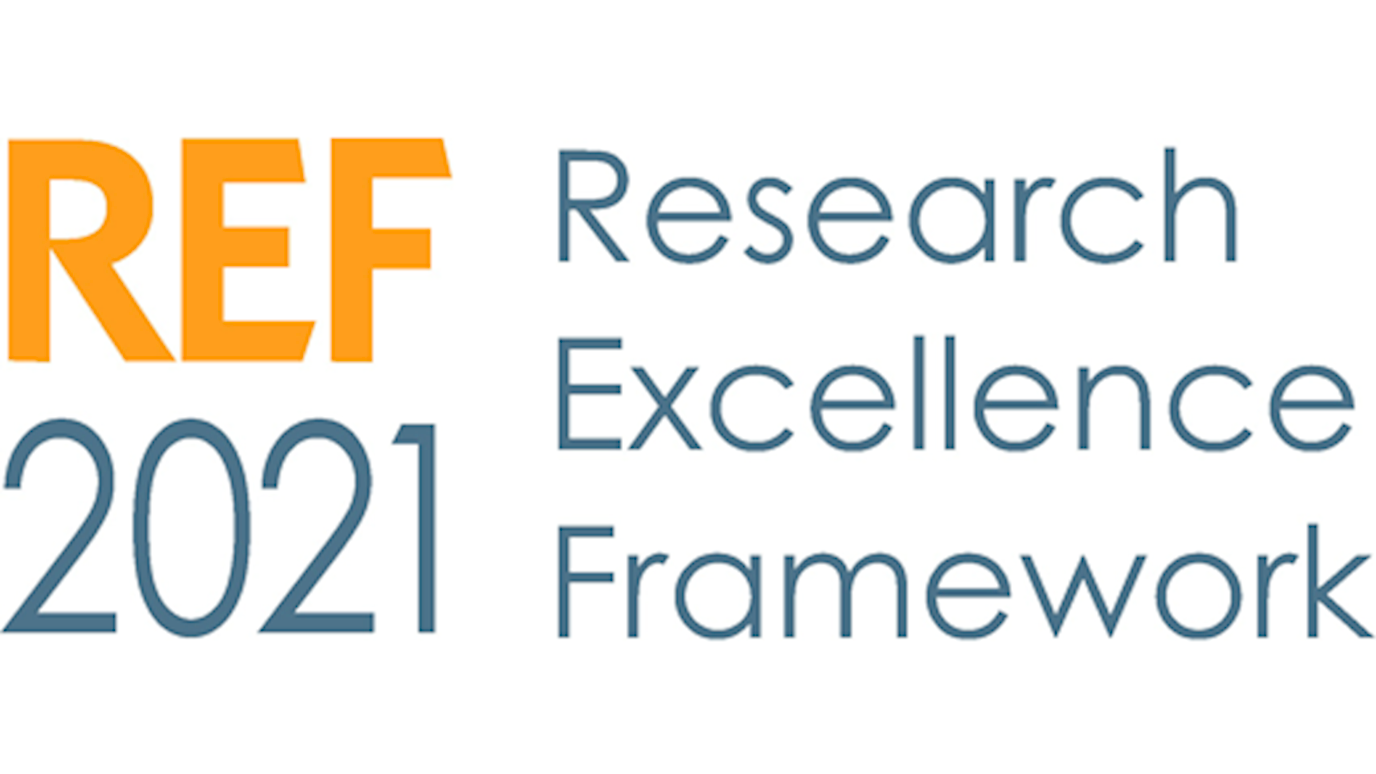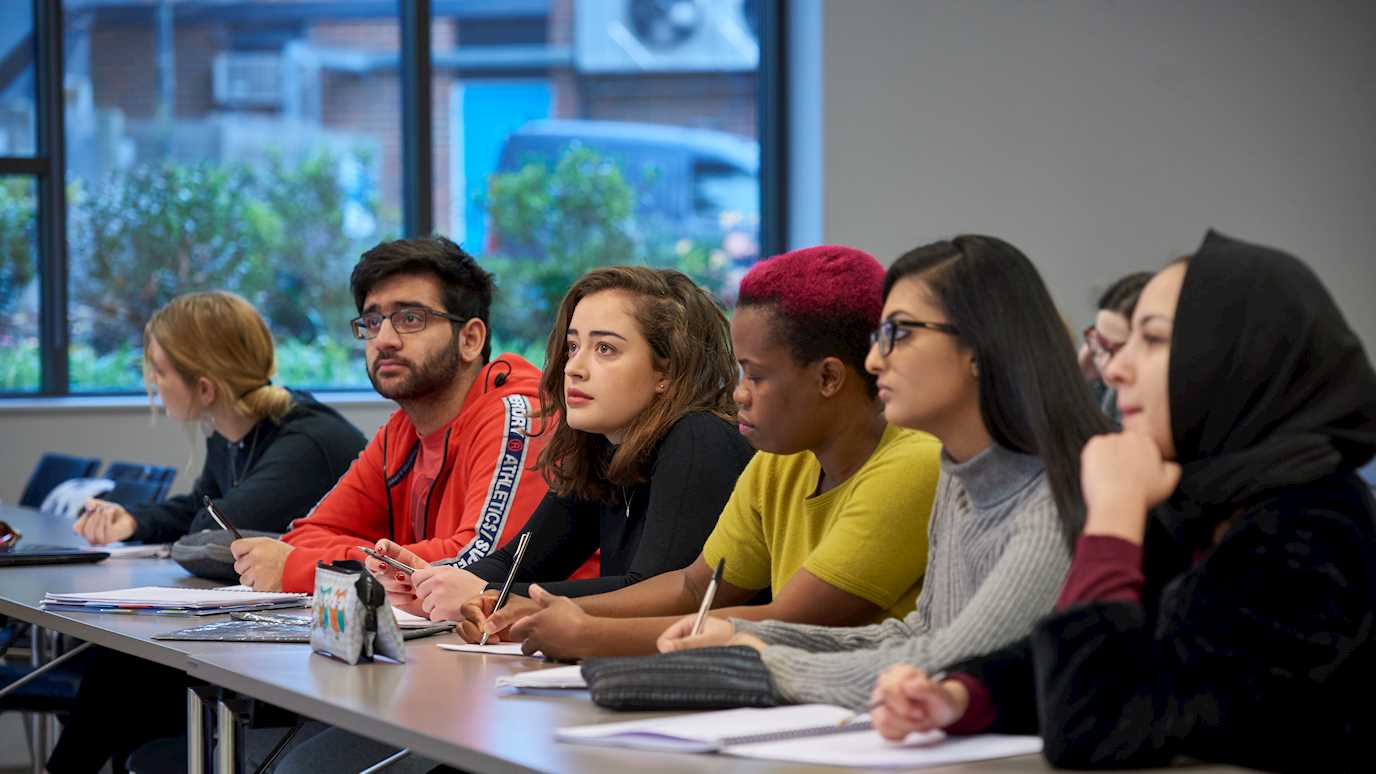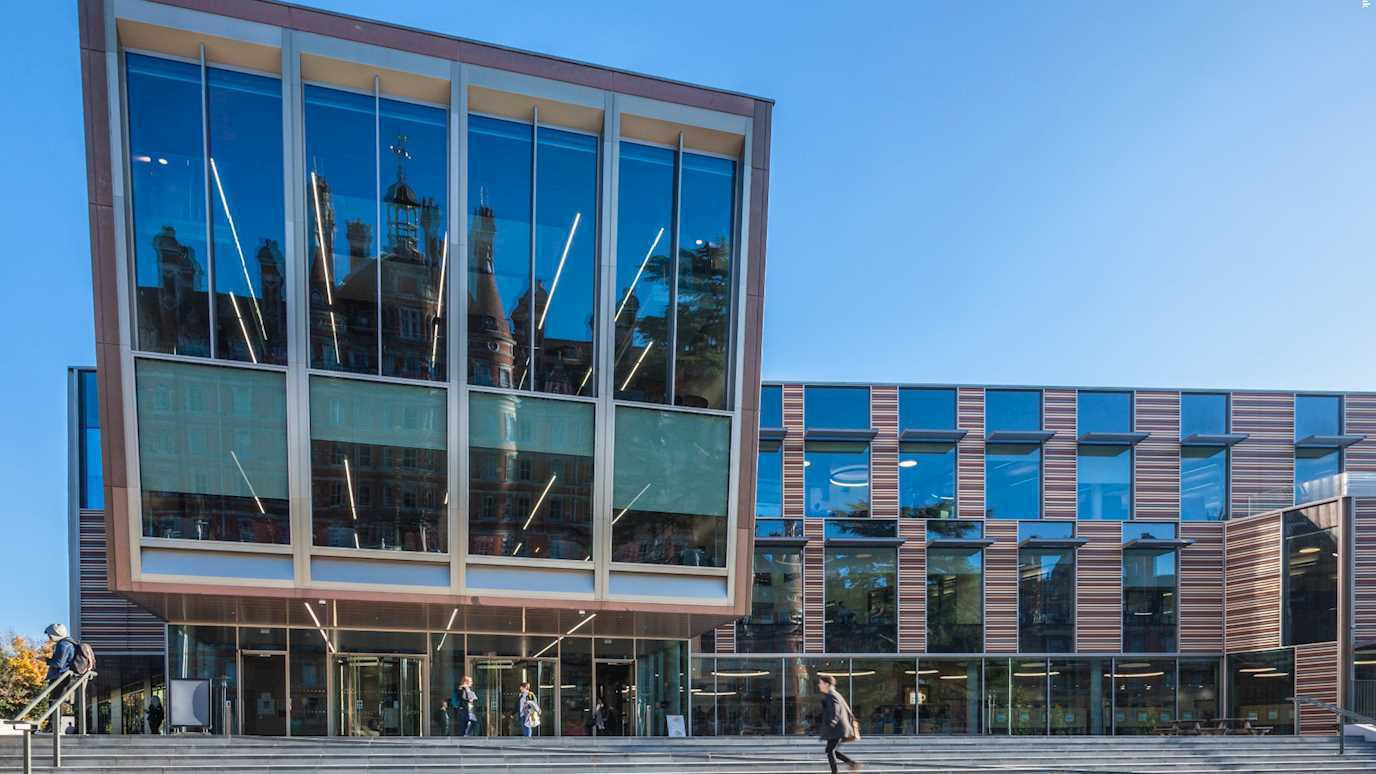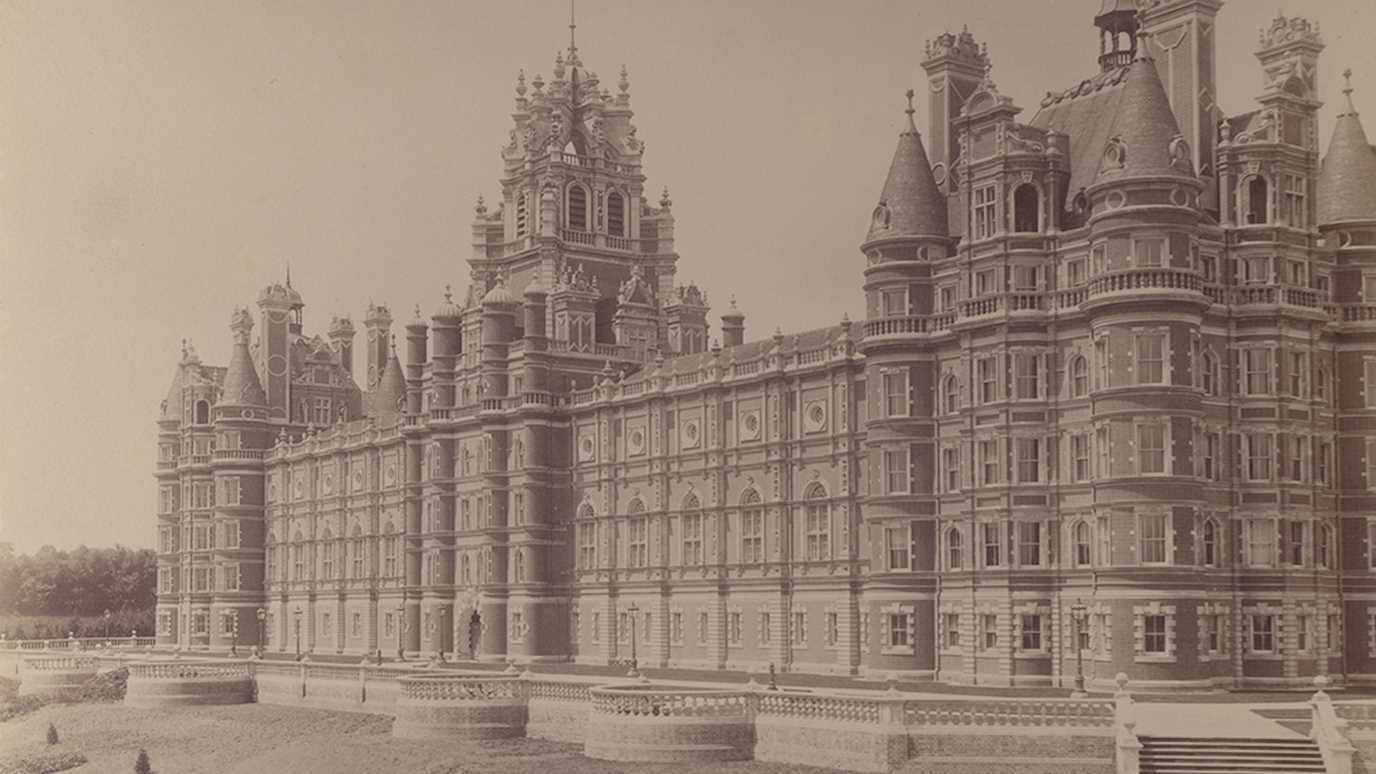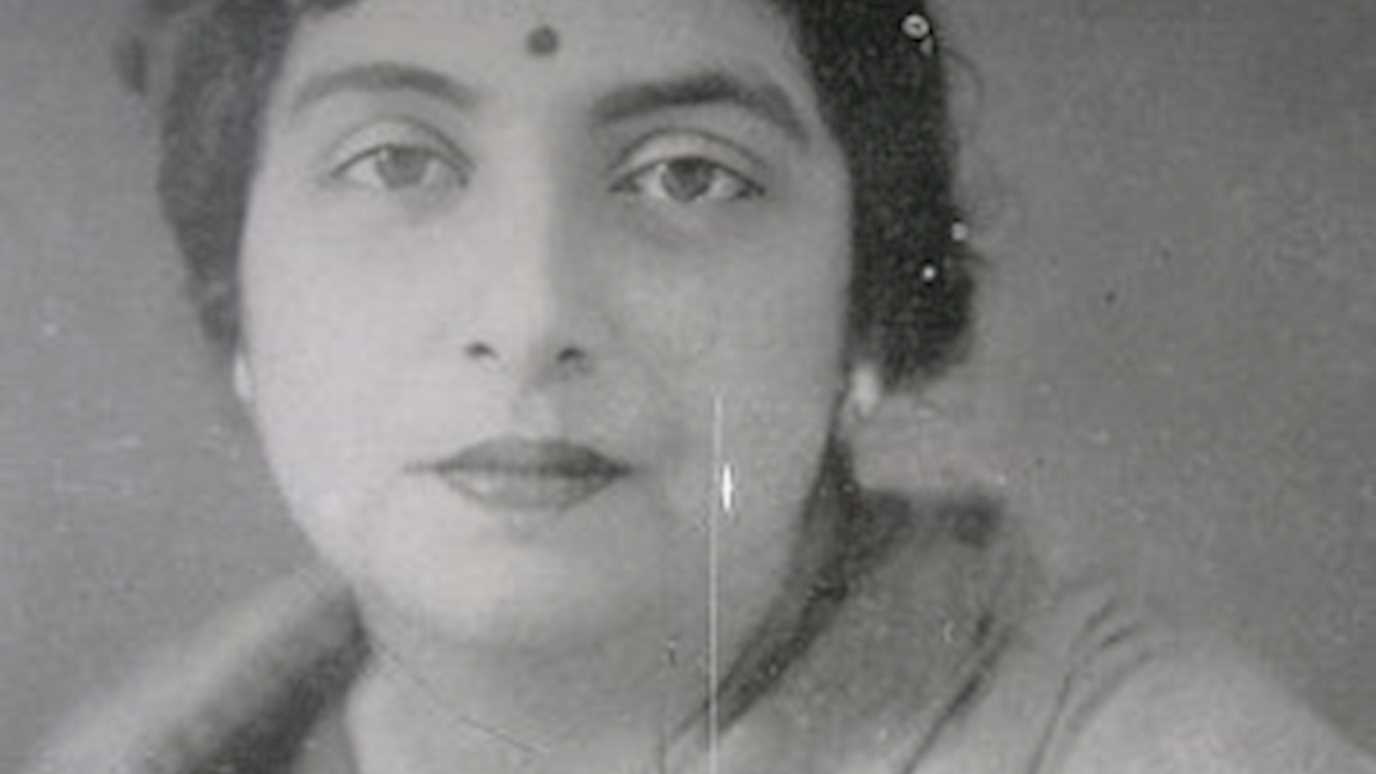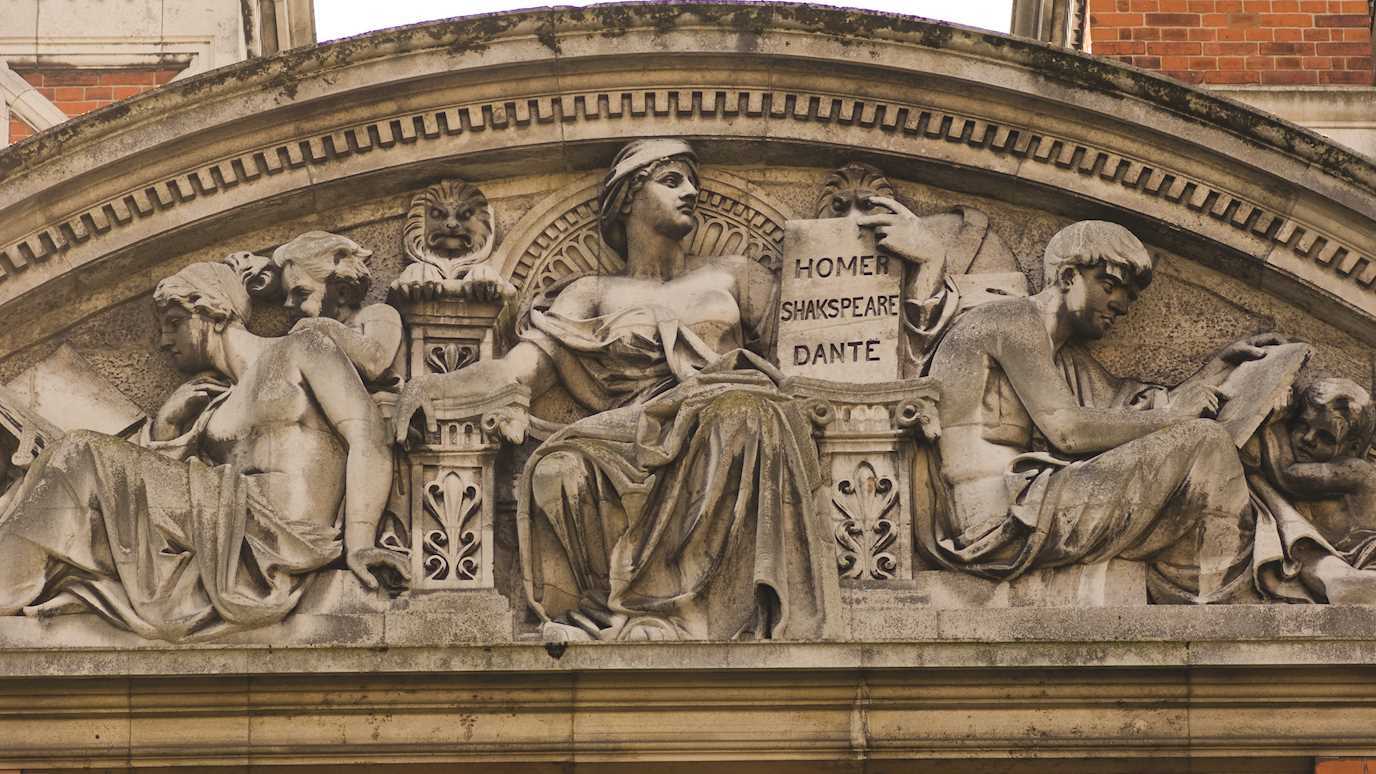I live in the United States and when I was in my second year of university here, my mother came home from a visit to her brother in a northern London suburb with a prospectus for Bedford College. A prospective maths major (US universities do not require you concentrate until your third year), I had wanted to study abroad in my third year but had been uncertain how to find a maths program I could manage in a language other than English. Here was the solution. Additionally, the chair of my chemistry department, Ernst Berliner (I was studying chemistry at that time, being in a premedical course), knew Bedford and said that classes I took there would be acceptable on my return. As it happened, I did not take any chemistry at Bedford, only mathematics, physics, psychology, and genetics.
For the first two terms I lived in Lindsell Hall and commuted to the College by bus or tube. Living in a neighborhood was new to me; my US college only had on-campus residence halls. Also new to me was the coeducational aspect of Bedford, since I attended a women's university in the US. Men had only joined Bedford two or three years earlier, and encountering a college bar and football followers gave me some pause. But my classes were well mixed and women were given good attention, as I thought they should be. Since I was taking first year courses, my classmates were equally new to the College and did not find the situation as strange as, perhaps, third year Bedford students may have. Because I was not matriculated for a degree in London, I was accepted as an "Occasional Student", a terminology I found rather amusing and which I tried not to live up to.
I remember two traditions were new to me: Rag Week and Poppy Day. Since then, I've learned that the November 1918 armistice is commemorated with red poppies in many countries, but at age 20 I had not yet encountered it. We in the US observed a Memorial Day in May. We also did not have a centralized charitable giving tradition on campus; I do not know how it is handled now, having left any university well over forty years ago.
It was a busy year, I recall auditioning in Prince Albert Hall for and joining an all-UL choir that sang a concert in Saint Paul's Cathedral and travelling with the UL Archaeology Club to Stonehenge and Avebury long before the former was roped off from public access.
When I left in July 1968, the weather was so warm that Tower Bridge "froze" open. (https://www.alamy.com/jul-02-1968-july-2nd-1968-tower-bridge-jams-in-the-heat-londons-famous-image69436916.html) Even so, I flew home to the US wearing the Wellingtons and duffle coat I had obtained to be warm and dry in the winter since I had no space to pack them!
One difference that caused me a problem on my return home was the fact that one's passing a course depended entirely on a single end-of-year examination set by the University of London, no matter the term in which one took the course (or the college in which one took it). I think I did pass at least one of my courses, but not the three that I needed to receive my degree in the same year as the rest of my American, Bryn Mawr College, class. Fortunately, that did not hinder my timely getting a job writing examination questions for the Educational Testing Service, nor my entering a part-time post-graduate degree program in Statistics the following year. After completing my MS, I continued my studies full time and took an MPH and a PhD in Biostatistics. Then I became a statistician for the US Environmental Protection Agency, focussing on health risk assessment until my retirement in 2012.
I kept in touch with several of my Bedford classmates, so, when the College merged with Royal Holloway, one of them helped me acquire two additional Bedford scarves, so I have good neck warmers to last for years to come. Additionally, I attended the gathering of 1960s students held at the Regent's Park site of the College in May 2006. At that time, I reconnected with my Bedford psychology instructor who, it turned out, had been a doctoral student of someone whose eponymous statistical test I was often using in my work at that time, something I would not have known as an undergraduate. Also, by coincidence, at the 2006 reunion in London, I met a woman whom I had not seen for years but had known in my congregation in Virginia who had graduated from Bedford two years before I attended.
As I grew in my field I was excited to learn that the well-known statistician, F.N.David, had gone to Bedford. When I took a tour in Wales of places connected to the origins of Bryn Mawr College, our guide in Dolgellau turned out to have been a Bedford student a few years before me.
